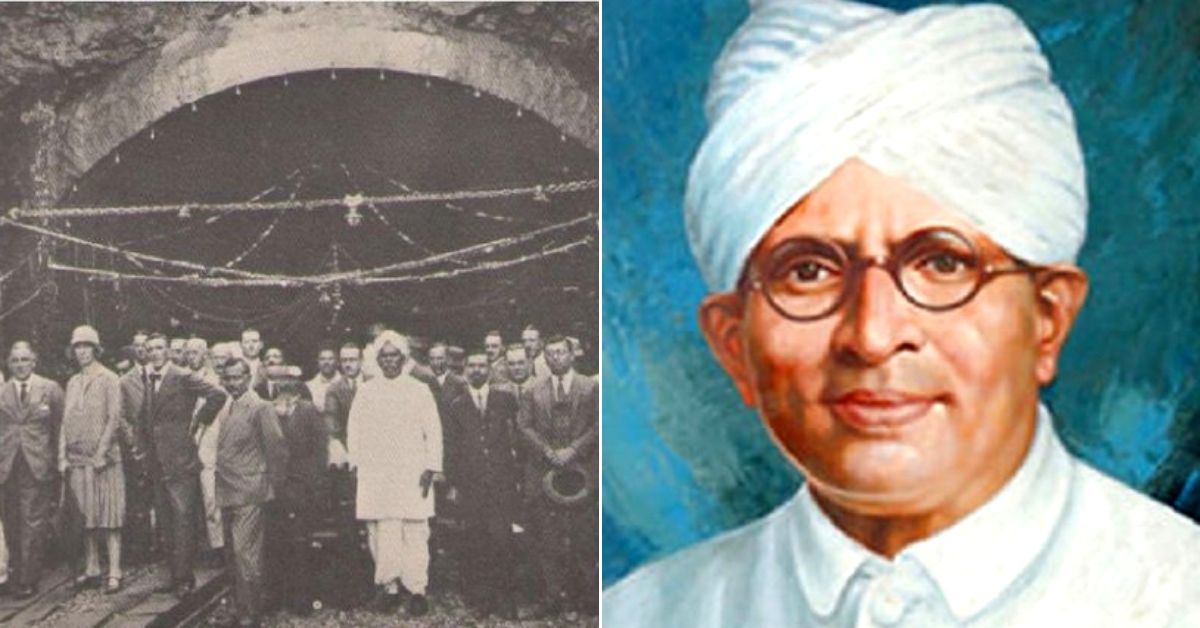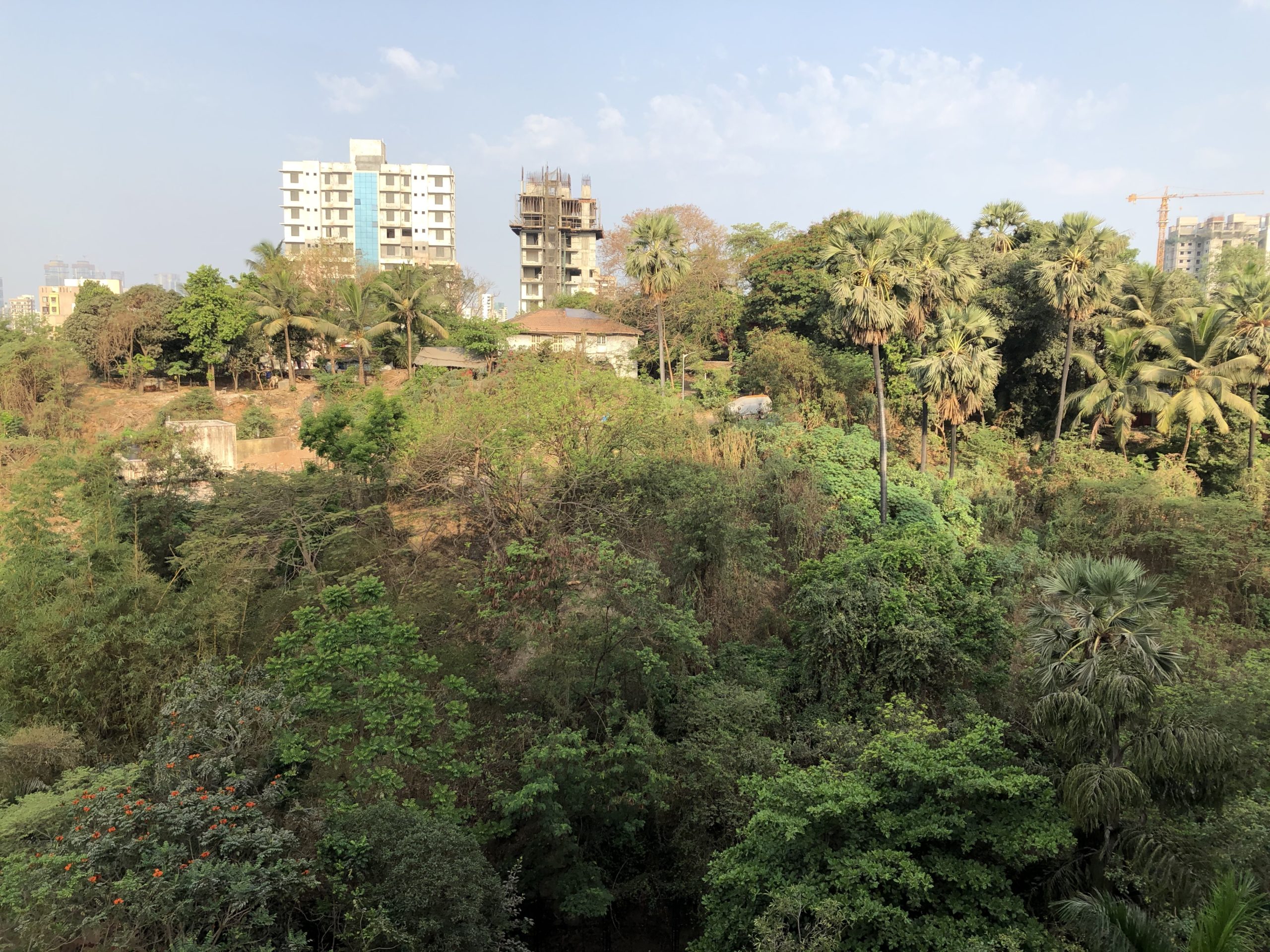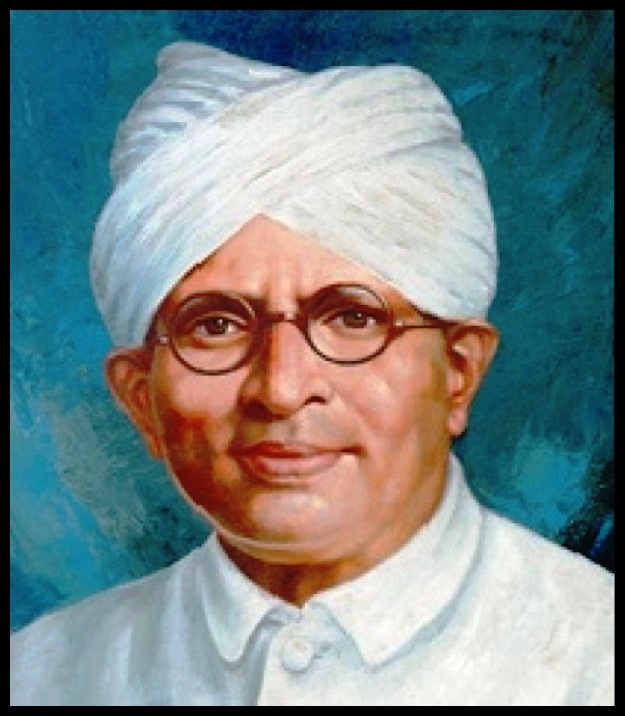Seth Walchand’s Secret: The Story of a Forgotten WW II Bunker in Mumbai
What prompted the father of modern Indian transportation to build the bunker? Was Mumbai in danger of getting bombed by the Japanese? And if so, how did he know that?

With The Positive Collective, The Better India’s COVID-19 coverage is available to regional language publications for free. Write to [email protected] for more details.
Seth Walchand Hirachand Doshi is considered to be one of the “greats” in the Indian business world, and widely hailed as the Father of the Indian Transportation Industry. The industrialist has contributed to aeronautics, the shipping industry as well as the automobile industry (the iconic Padmini or ‘dukkar’ fiat was manufactured by a division of the Walchand Group, his family-owned business.)
Walchand began his career right after the end of World War I, but when World War II was in full force, some of his decisions made him worry about his family’s well being.
So, he built a bunker in the heart of Mumbai, lest the Japanese air-raid or bombed his bungalows. Today, this bunker, a testimonial of the times when even powerful industrialists were uncertain about their lives, is mostly forgotten.
What prompted Walchand to build the bunker? Was Mumbai in danger of getting bombed by the Japanese? And if so, how did he know that?
Here’s the full account.
The Ambitious Businessman From Solapur
1950s :: Testing and Assembly of Fiat Cars , Dodge and Fargo Trucks at Premier Automobile Plant In Bombay
Seth Walchand Hirachand Founded Premier Automobiles In 1944 pic.twitter.com/0jgMupKaTE
— indianhistorypics (@IndiaHistorypic) September 15, 2019
Walchand was born to a business family in Solapur, Maharashtra. His family’s banking and cotton trades was where his career began, but in 1908, he started a construction business under the name of Walchand Industries Limited (WIL).
One of the earliest projects of WIL was making railway tunnels on the Sahyadris separating Mumbai and Pune.
From there, he laid the foundation of India’s first Swadeshi shipping company, the Scindia Shipyard (rechristened as Hindustan Shipyard Limited when it was nationalized), Hindustan Aeronautics Limited and Premier Automobiles—India’s first indigenous automobile manufacturers. There’s so much more to Walchand’s stunning career graph, and you can read all about it here.
Now, back to the bunker. The Better India (TBI) got in touch with Bharat Gothoskar, a history buff from Mumbai who runs a heritage and culture travel company. He shared some fascinating insights.
“Walchand was building a factory to construct cement pipes that carry water underground and purchased a salt pan land in Wadala to lay the foundations of the factory there. There was a hill, with four British-era bungalows very close to that location, and Walchand ended up purchasing them all—he wanted them to be places of rest, where he could live when he wanted to get away from the city,” he says.
This location is the Antop hill, which has a notorious reputation today, but back then, it was simply a vacation home for Walchand. If you visit these bungalows, you will notice a peculiar underground pipe, filled with garbage. This is the Walchand family’s bunker, built when World War II was raging.
Business Anxiety

In 1940, a year after the Second World War had begun, Walchand started the Hindustan Aircraft industry in Bengaluru. The then Diwan of the Mysore state, Mirza Ismail partnered with him in this ambitious and heavy investment venture.
But, within five months, the British Government in India had started eyeing this company, because back home in the United Kingdom, it was becoming clearer that every resource available would have to be used for defence and launch attacks against the Axis Powers (Germany, Japan and Italy).
Walchand’s aircraft industry in Bengaluru seemed like a strategic sector, so the British Government bought out the shares of the company and nationalized the industry in April 1941. The direct ownership of an aircraft base and manufacturers could mean they have a strong defence against their enemies in East-Japan.
“The roots of World War II can be seen in the Japanese invasion of Manchuria. After this attack on the Northern Chinese region, the army gradually moved southwards along the coastline, invading Vietnam, Cambodia and other East Asian regions. Once the British trading districts like Hong Kong, Shanghai, Singapore and Rangoon started falling, it sent alarm bells ringing,” Gothoskar tells TBI.
When Rangoon (now known as Yangon) was attacked, it left a profound impact on Indians too. After all, about 55 per cent of the population there was South Asian and predominantly, Indian.
Walchand was scared for his safety because his company had provided aircraft to the British to launch attacks against Japan. With Rangoon under attack, he was sure he was not safe anymore.
Lying low in Mumbai

Gothoskar shares that to Indian industrialists, it only seemed like a matter of time before Kolkata, Mumbai and other trading cities here were attacked. As a precaution, Walchand started building a bunker in his bungalows in Wadala, lest he or his family be attacked when they were staying there.
“Legend says that Walchand constructed the bunker out of fear. There is no written evidence or documentation about why he built it. The locals there have passed this story from one generation to the next. However, two things are for sure. One, that it is a bunker and secondly, that it was built during World War II,” the Mumbai historian shares.
Fortunately, Mumbai was never bombed by the Axis powers, and Walchand continued on his entrepreneurial journey until his retirement in 1950 following a stroke. He passed away in April 1953.
The man’s legacy continues in the form of cars, aircraft and ships he built. But the bunker, the silent ode to India’s connection and fear of the second world war remains forgotten.
Perhaps it is serving its purpose—that of being secret and away from prying eyes. But when one realizes that a pipe-like structure, built by a stalwart of Indian industries is today trashed with garbage, one can’t help but sigh.
(Edited by Gayatri Mishra)
Feature image source: indianhistorypics/ Twitter (Inauguration of Bhorghat)
Like this story? Or have something to share? Write to us: [email protected], or connect with us on Facebook and Twitter.
This story made me
- 97
- 121
- 89
- 167
Tell Us More
We bring stories straight from the heart of India, to inspire millions and create a wave of impact. Our positive movement is growing bigger everyday, and we would love for you to join it.
Please contribute whatever you can, every little penny helps our team in bringing you more stories that support dreams and spread hope.



















